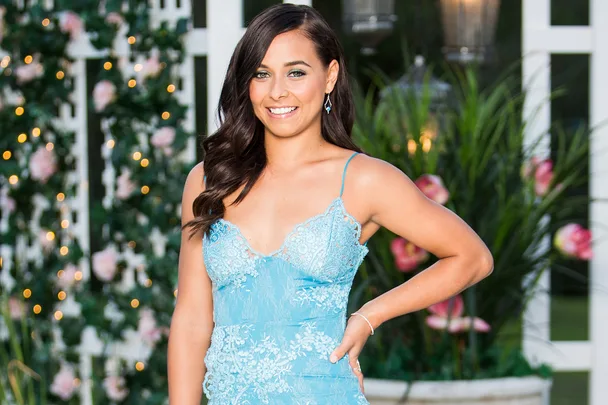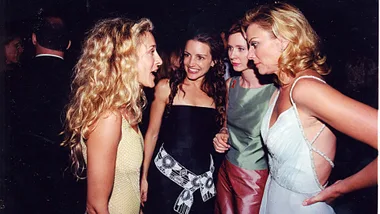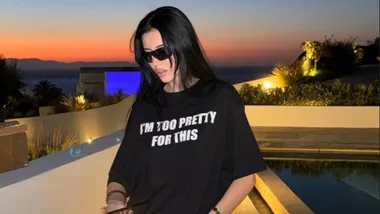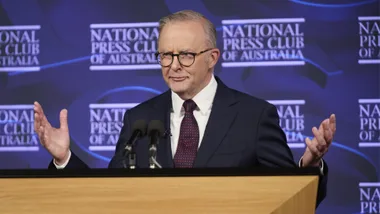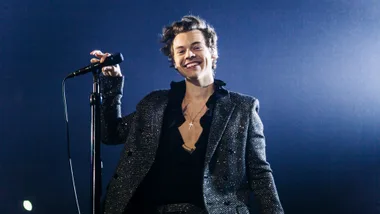Episode nine of The Bachelor was teased as being the night frontrunner Brooke Blurton would drop a bomb while speaking privately to Nick ‘Honey Badger’ Cummins. However, the youth worker is no convicted murderer on the run, or anything equally as sinister as the ads made her out to be, she’s pansexual and has had previous relationships with both women and men.
Many commended 25-year-old Brooke for being open about her sexual preferences, and producers of The Bachelor for addressing such important issues, however, others slammed Brooke for ending her revelation with, “I’m not bisexual or a lesbian,” saying she acted like there was something wrong with being LGBTQI+.

Though Brooke didn’t use the term ‘pansexual’, she went on to explain that she’s attracted to people regardless of their gender, which is the definition of the relatively new sexual term.
Fans of the show praised her for bringing the sexual preference to light, saying: “Brooke is a pansexual queen” and, “Pansexuality is different to being bisexual or lesbian. She validated the experiences of pansexual people by explaining the difference.”
What does being pansexual actually mean?
Pansexuality is defined as being attracted to the person, not their gender. “It’s the person that you’re thinking about,” Surry Hills Therapy Sexologist Tanya Koens explains. “People like to put others into categories and boxes because we’ve lived in a very binary world for so long, but pansexuality is not saying you’re attracted to gender or orientation, it’s saying you’re attracted to people, regardless of whether they’re a man, a woman, gender-expansive or transgender.”
What is the difference between bisexual and pansexual?
The main distinction between pansexuality and bisexuality is that pansexuality rejects the gender binary to begin with. People who identify as pansexual are attracted to others regardless of their gender, while bisexuals identify as being attracted to women and men, transgender and non-binary people. The definition has been expanded as greater understanding of gender has come to light.
“Pansexuality might sound the same, but it is about being attracted to the individual regardless of sex or orientation,” Koens explains.
What is the difference between demisexual and pansexual?
“Demisexual is a category of Asexuality and it means people who need to be in a relationship before they consider having sex,” Koens explains. “There are a lot of different categories of Asexuality, or ‘ACE’ as people like to call it now. They are people who are not interested in sex at all, and this is one of the sub-categories.”
“With demisexuality, people need to have a strong connection and a relationship before they’d consider having sex.”
What are the common misconceptions of pansexuality?
Misconceptions of pansexuality are often that people who are pansexual are promiscuous or that the term means the same as bisexuality. Other misconceptions are that pansexuals won’t be faithful partners or that they are polyamorous – they may well be polyamorous (open to having relationships with more than one person), but they can also just as easily be monogamous.
How common is it for people to be pansexual?
“The term is relatively new and until now, people have used the term ‘bisexual’ to explain pansexuality,” Koens explains. “But as we’re moving away from gender constraints, it’s becoming a more widely acknowledged sexual preference.”
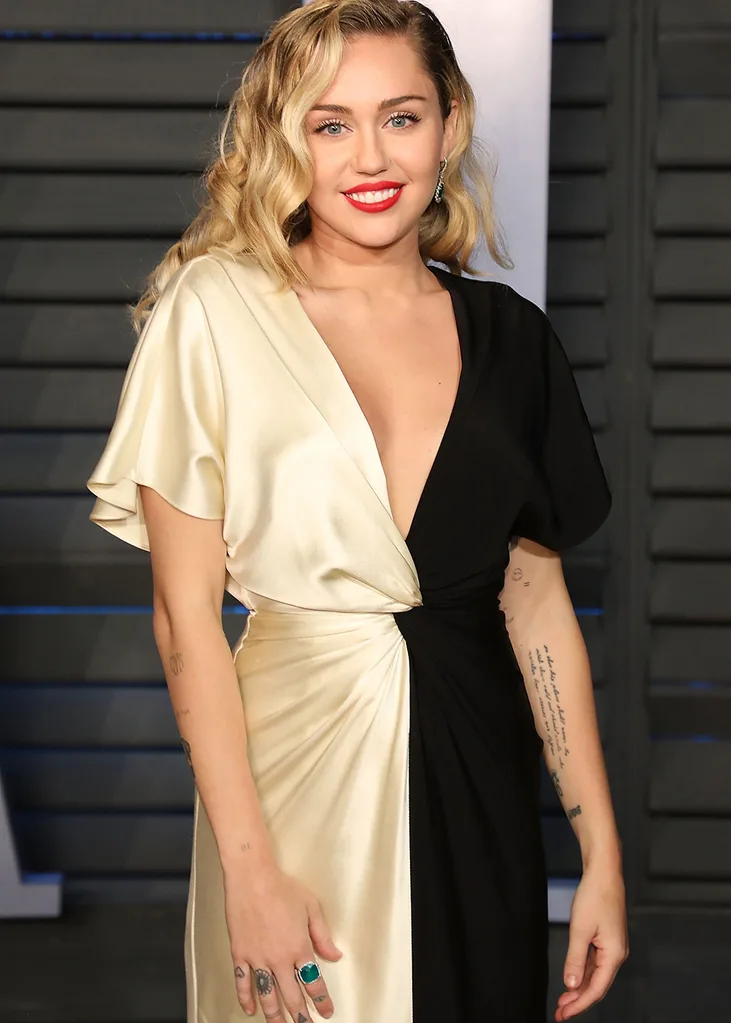
Which celebrities identify as pansexual?
Janelle Monáe
Speaking to Rolling Stone in April 2018, the actress and musician said she is “a queer black woman in America” and has been in relationships with both men and women, adding, “I consider myself to be a free-ass motherfucker.” After initially identifying as bisexual, Janelle said, “but then later I read about pansexuality and was like, ‘Oh, these are things that I identify with too.’ I’m open to learning more about who I am.”
Miley Cyrus
Miley was asked by Variety when she started to identify as pansexual. She said, “I think when I figured out what it was. I went to the LGBTQ centre here in L.A., and I started hearing these stories. I saw one human in particular who didn’t identify as male or female. Looking at them, they were both: beautiful and sexy and tough but vulnerable and feminine but masculine. And I related to that person more than I related to anyone in my life. Even though I may seem very different, people may not see me as neutral as I feel. But I feel very neutral.
“I think that was the first gender-neutral person I’d ever met. Once I understood my gender more, which was unassigned, then I understood my sexuality more. I was like, ‘Oh — that’s why I don’t feel straight and I don’t feel gay. It’s because I’m not’.”
Kesha
Speaking to Seventeen in 2013 the singer said, “I don’t love just men. I love people. It’s not about a gender. It’s just about the spirit that exudes from that other person you’re with.”
Sia
Though she’s never publically labelled her sexuality, Sia told Same Same, “Before I was actually successful, I’d always said I’ve always dated boys and girls and anything in between.”
Amber Heard
Speaking at an Economist panel, the actress said, “I never have myself defined by the person I’m with… I never saw myself defined as one particular thing or no.”
Sarah Paulson
Paulson once told Pride Source, “All I can say is, I’ve done both, and I don’t let either experience define me. I don’t let having been with a man make me think I am heterosexual, or make me want to call myself that, because I know I have been attracted to women – and have lived with women.
“So, for me, I’m not looking to define myself, and I’m sorry if that is something that is seen as a rejection of or an unwillingness to embrace (my sexuality) in a public way, but it’s simply not. It’s simply what’s true for me, and that’s all I can speak to.”
